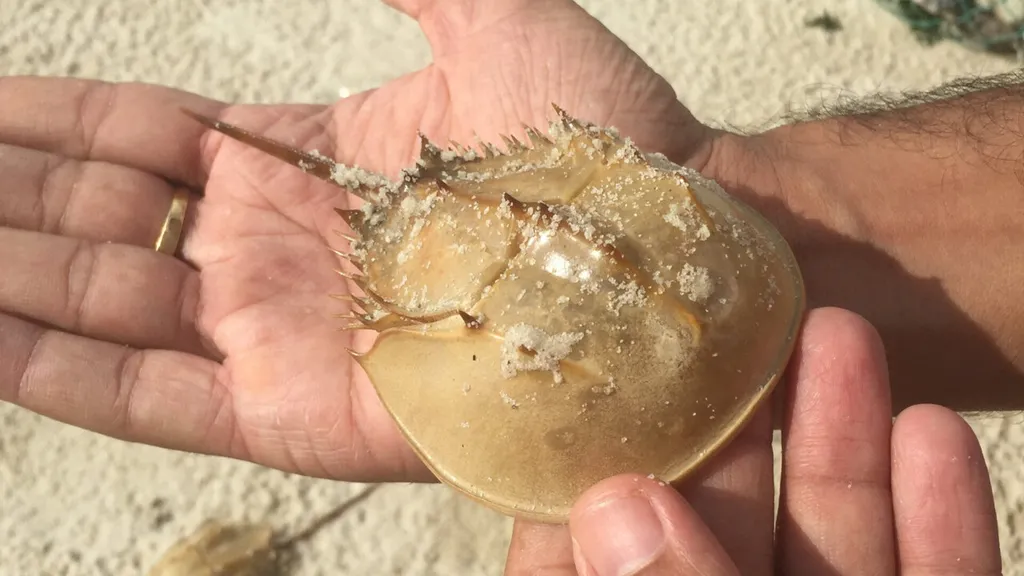In the heart of the Taiwan Strait, a scientific discovery is reshaping our understanding of an endangered species and offering a roadmap for conservation efforts that could have significant implications for the energy sector. Researchers, led by Yi-Jia Shih from the Sustainable Ocean Governance Center at National Sun Yat-sen University in Kaohsiung, Taiwan, have uncovered a thriving population of Tachypleus tridentatus, a species of horseshoe crab once thought to be extinct on the main island of Taiwan.
The study, published in the journal *Ecology and Evolution* (translated as “生态与进化”), reveals that the adult population of T. tridentatus is far from extinct. Using advanced mark-recapture methods and statistical models, the team estimated the population size to be substantial, with over 73,000 individuals in Kinmen alone. “This discovery is a game-changer,” says Shih. “It shows that with the right tools and sustained effort, we can uncover critical information about endangered species that can guide conservation strategies.”
The research employed two statistical approaches—the Schnabel method and multinomial N-mixture models—to estimate population sizes across three key subregions: Kinmen, Penghu, and mainland Taiwan. The findings were striking, with population estimates ranging from hundreds to tens of thousands of individuals. This data not only challenges the notion of extirpation but also highlights the ecological connectivity within the Taiwan Strait, with some individuals traveling over 110 kilometers.
The implications for the energy sector are profound. Horseshoe crabs play a crucial role in maintaining healthy ecosystems, which in turn support sustainable marine industries. “Healthy populations of T. tridentatus can indicate robust marine ecosystems,” explains Shih. “This is vital for the energy sector, particularly for offshore wind farms and other marine-based energy projects, as they rely on stable and biodiverse environments.”
The study also identified key habitats using species distribution modeling and connectivity network analyses. These habitats, primarily located in the Taiwan Bank and Changyun Ridge, are critical for the species’ survival and could serve as focal points for conservation efforts. The research proposes three key strategies: standardized long-term monitoring, habitat restoration and stock enhancement, and preparation for assisted migration under future climate scenarios.
“This research is a beacon of hope for conservation efforts,” says Shih. “It shows that with the right tools and sustained effort, we can uncover critical information about endangered species that can guide conservation strategies.”
The findings offer actionable guidance for regional and international conservation planning, particularly in the context of environmental changes. As the energy sector increasingly turns to marine-based solutions, understanding and protecting these ecosystems becomes paramount. The discovery of the T. tridentatus population in the Taiwan Strait is not just a scientific breakthrough; it’s a call to action for a more sustainable and informed approach to conservation and energy development.

